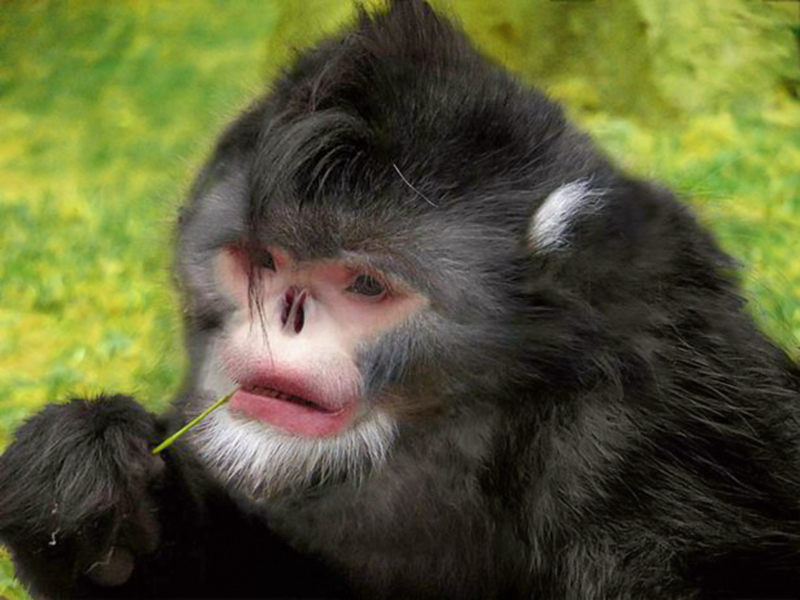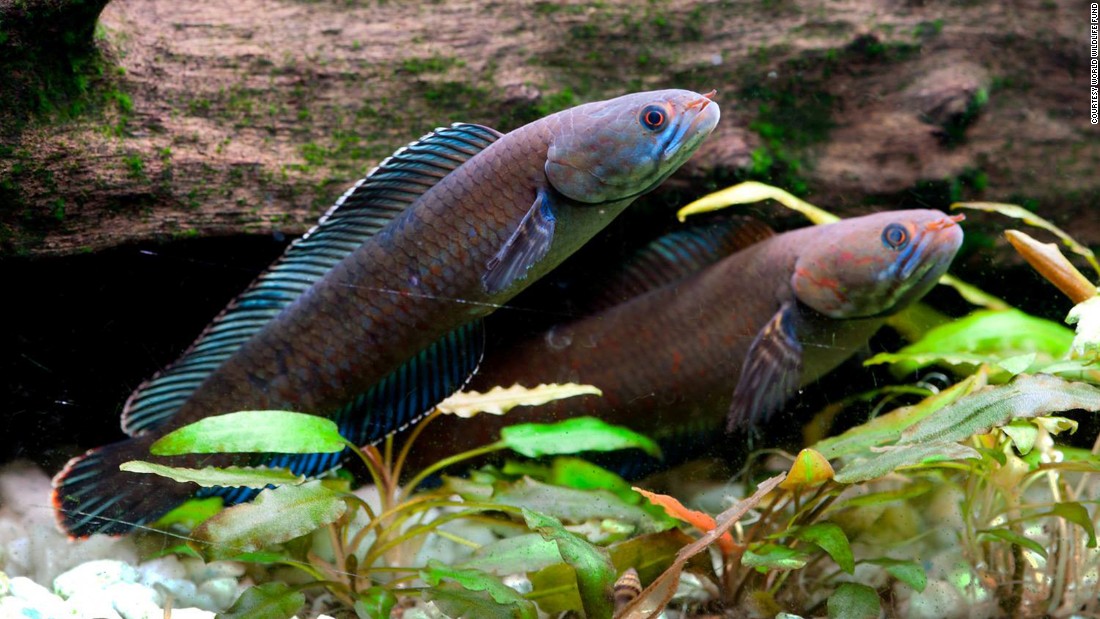OF THE
TIMES
A nation that continues year after year to spend more money on military defense than on programs of social uplift is approaching spiritual doom.
Harari said, he and the likeminded cabal of shadowy world masters will "build an Ark and leave the rest to drown." Moonraker [Link]
With each such step we come closer to the fulfillment of Irlmaier's prophecy.
A once "prosperous" country has been ruined by its leaders and "oligarchs," the Belarusian president has claimed Yes, it is true; and the reason...
A precedent has been set, at least in the minds of property owners along the border.
Big Ben and the Royal Household Cavalry appear to be mainstays of British society. To have them both go off the rails at the same time is rather...
To submit an article for publication, see our Submission Guidelines
Reader comments do not necessarily reflect the views of the volunteers, editors, and directors of SOTT.net or the Quantum Future Group.
Some icons on this site were created by: Afterglow, Aha-Soft, AntialiasFactory, artdesigner.lv, Artura, DailyOverview, Everaldo, GraphicsFuel, IconFactory, Iconka, IconShock, Icons-Land, i-love-icons, KDE-look.org, Klukeart, mugenb16, Map Icons Collection, PetshopBoxStudio, VisualPharm, wbeiruti, WebIconset
Powered by PikaJS 🐁 and In·Site
Original content © 2002-2024 by Sott.net/Signs of the Times. See: FAIR USE NOTICE



is more accurate. I know it may seem like a petty point to make, but there is something very insidious underneath the tone of Western academia. Western society is so subliminally arrogant and proud, and it is even more so with the academic community, the scientists and biologists, etc. Why is it when the Western World "discovers" things, they speak as if the thing never existed ever before in the world. According to the Western World, the Americas were "discovered" - including the millions of people and thousands of tribes who lived there... Isn't their history relevant to the big picture of what it is to be human? No, it's secondary... before Western Imperialism "discovered" of their existence, their existence was not worth anything. Animals and plants are "discovered" by Western academics, but the locals in the region where the animals reside have lived with them for thousands and thousands of years...
Really, the Indigenous People of the Earth already know what Western Science "discovers", only the indigenous don't shout it out from the roof tops and slap their backs incessantly, like Western academics love to do. The underlying title of this article should read: "Western society yet again catches up with what the native indigenous Earth people knew for generations, and have taken it away from them, and in their false heroic stance, once again, pretend like they invented it."